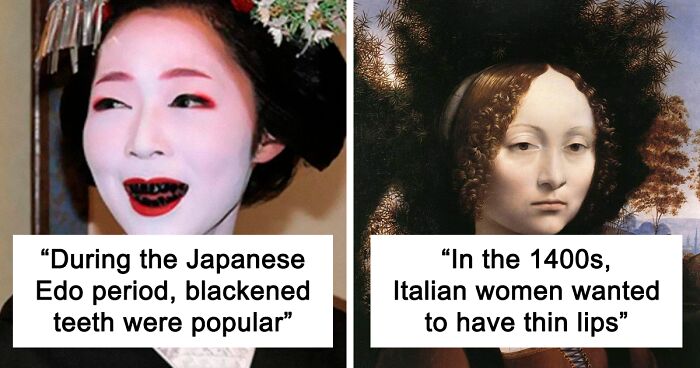Today the global beauty industry is worth $532 billion and our demand for things to improve our looks feels like it has never been bigger. But the wish to look our best is as old as history itself, and people in the past were just as eager to go great lengths to fit beauty standards of the time. And trust me, they were heckin’ weird. Like weird squared.
The TikToker Zachary Margolis has collected some of the most eyebrow-raising, obscure, over-the-top and plain dangerous historical beauty trends that he shared in a series of viral videos for his “Offbeat History” account.
From Romans whitening their teeth with urine to 18th-century women sculpting their enormous wigs with lard, it makes you wonder whether today’s beauty favorites like the ‘no makeup’ makeup look, laminated brows, and brightly colored hair will look just as freaky in hundreds of years.
@offbeathistory Obscure Beauty Trends 💄Do not try these at home. #makeuproutine #beautytips #learn
♬ Blue Blood - Heinz Kiessling & Various Artists
This post may include affiliate links.
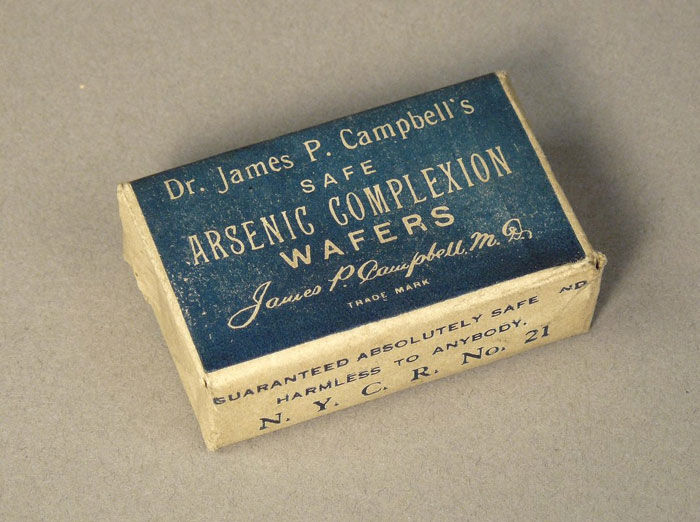 In the 19th century many women ate deadly arsenic wafers to whiten and even out their complexions. Some of the side effect include cancer, baldness, epilepsy. In 1902 you could actually buy arsenic wafers from Sears.
In the 19th century many women ate deadly arsenic wafers to whiten and even out their complexions. Some of the side effect include cancer, baldness, epilepsy. In 1902 you could actually buy arsenic wafers from Sears.
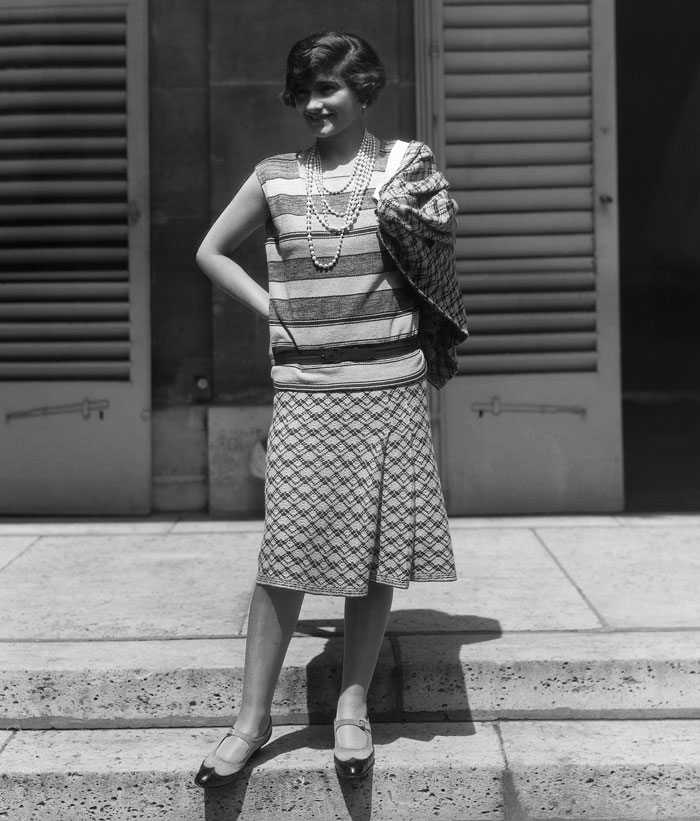 In the mid-1920's, a bronze, suntanned complexion became popular after Coco Chanel fell asleep on her yacht on the French Riviera. The suntan became a status symbol for a person who could afford sunny vacations, especially for those privileged enough to travel during the winter.
In the mid-1920's, a bronze, suntanned complexion became popular after Coco Chanel fell asleep on her yacht on the French Riviera. The suntan became a status symbol for a person who could afford sunny vacations, especially for those privileged enough to travel during the winter.
Before withe skin was considered "noble" because poor were forced to work outside and got tanned...
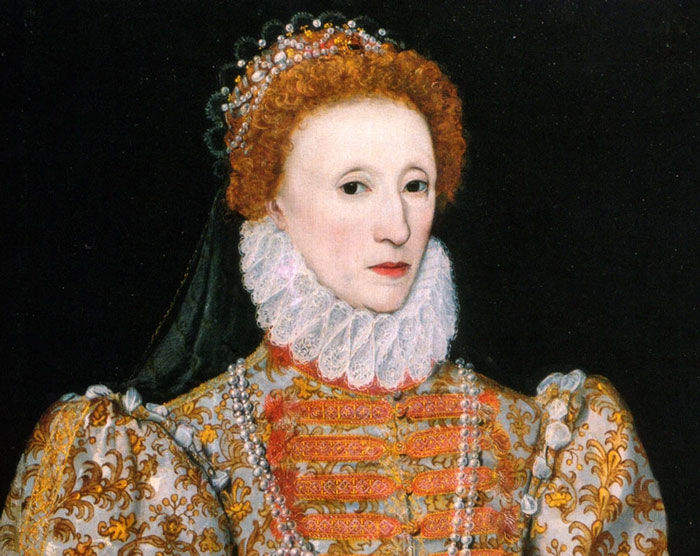 In the middle ages the forehead was considered the most beautiful part of the woman's face. Many women removed their eyelashes to accentuate their foreheads. They also plucked their hairlines and eyebrows to achieve a long and oval face.
In the middle ages the forehead was considered the most beautiful part of the woman's face. Many women removed their eyelashes to accentuate their foreheads. They also plucked their hairlines and eyebrows to achieve a long and oval face.
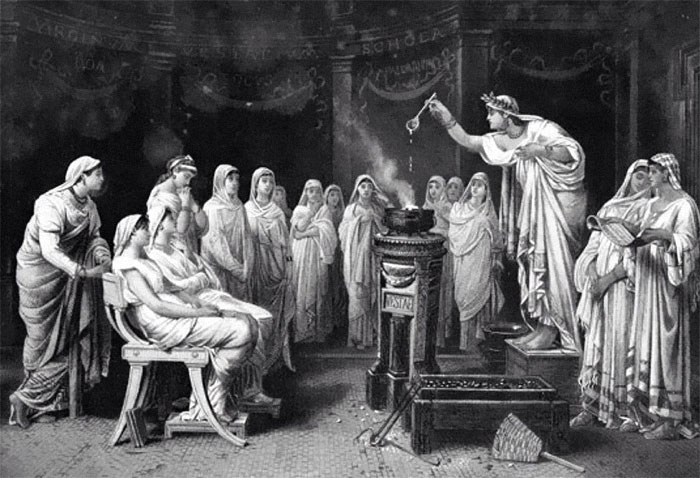 To white their teeth, Romans would rinse their mouth with urine. Specifically urine shipped in from Portugal.
To white their teeth, Romans would rinse their mouth with urine. Specifically urine shipped in from Portugal.
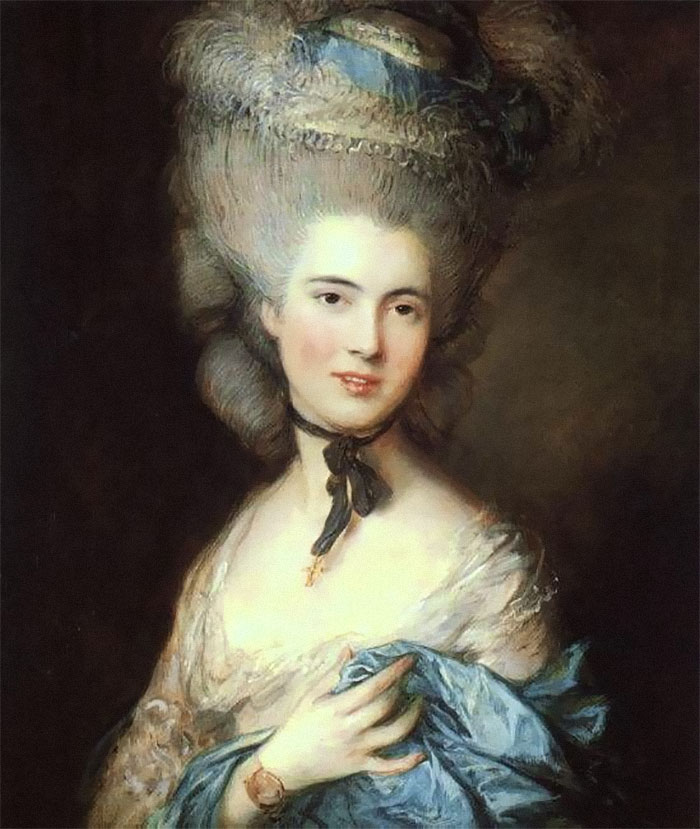 In the 18th century, before invention of hairspray, women would use lard to sculpt their wigs. Yes, lard. One of the downsides is that the wig would become a literal rat's nest. Sometimes rats would live in the wig for weeks. Women had to sleep with cages around their heads to keep the rats away.
In the 18th century, before invention of hairspray, women would use lard to sculpt their wigs. Yes, lard. One of the downsides is that the wig would become a literal rat's nest. Sometimes rats would live in the wig for weeks. Women had to sleep with cages around their heads to keep the rats away.
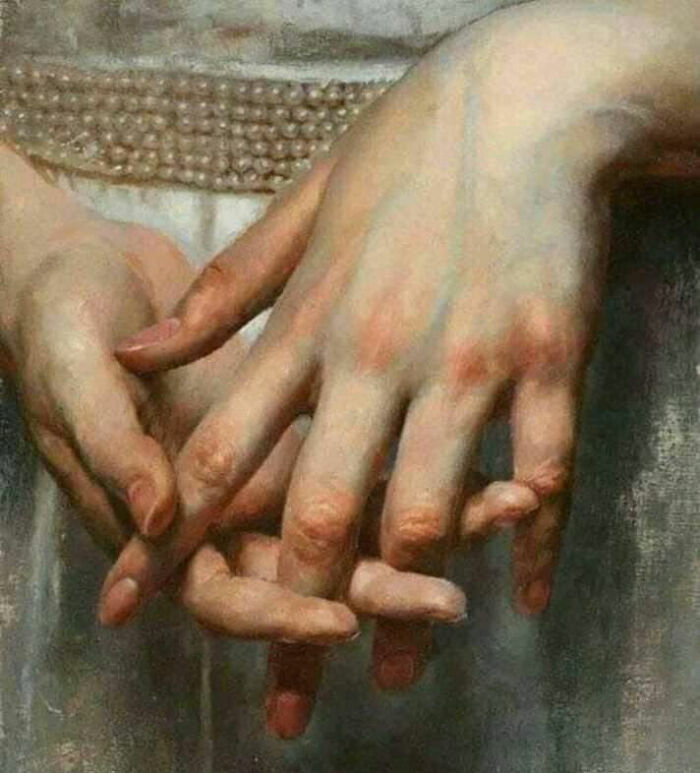 In pre-revolution France, accentuated veins were all the rage. Some people would color their veins with blue pencil to make them pop. Others would use leaches to make their veins more noticeable.
In pre-revolution France, accentuated veins were all the rage. Some people would color their veins with blue pencil to make them pop. Others would use leaches to make their veins more noticeable.
Visible veins meant they didn't work in the sun. It was a sign of status.
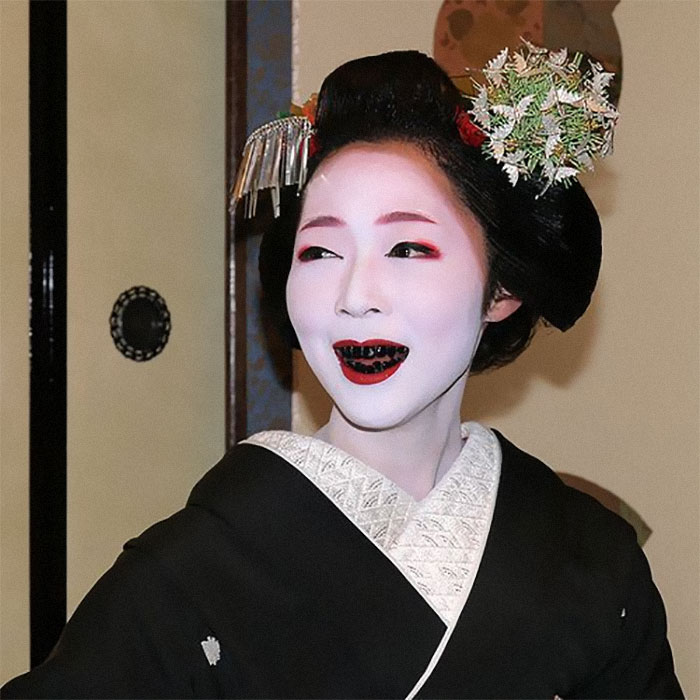 During the Japanese Edo period, blackened teeth were popular amongst aristocrats and married women. Blackened teeth were considered a sign of beauty and the practice helped preserve teeth into old age. In 1870, this practice was banned by the Japanese government. Blackening teeth wasn't just popular in Japan, and some people still practice this today.
During the Japanese Edo period, blackened teeth were popular amongst aristocrats and married women. Blackened teeth were considered a sign of beauty and the practice helped preserve teeth into old age. In 1870, this practice was banned by the Japanese government. Blackening teeth wasn't just popular in Japan, and some people still practice this today.
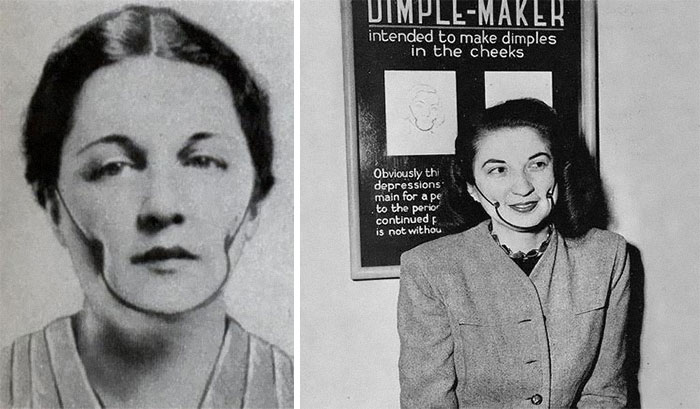 In 1936, Isabella Gilbert invented the Dimple-Maker. The machine consisted of a spring that fit around the face and two tiny knobs that pressed into the cheeks. I don't know what Isabella was thinning but the machine didn't work.
In 1936, Isabella Gilbert invented the Dimple-Maker. The machine consisted of a spring that fit around the face and two tiny knobs that pressed into the cheeks. I don't know what Isabella was thinning but the machine didn't work.
can totally imagine this being sold on wish today, and people buying it
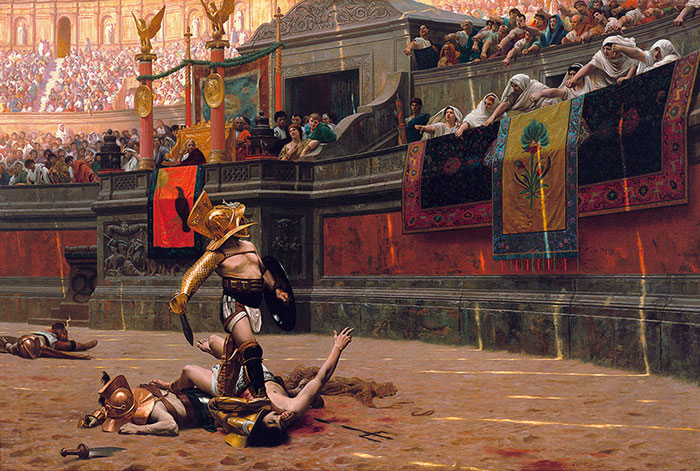 In ancient Rome many women would moisturize with the sweat of gladiators. Whiles of sweat were sold as souvenirs outside the fights. The sweat was thought to be an aphrodisiac.
In ancient Rome many women would moisturize with the sweat of gladiators. Whiles of sweat were sold as souvenirs outside the fights. The sweat was thought to be an aphrodisiac.
Makes sense since Gladiators were the equivalent of rock stars from today.
And if you got some of Mr. Crowe's sweat, would you not be entertained?
Load More Replies...It was olive oil that had been scrapped from the gladiator's body. Using olive oil as a skin conditioner was standard for romans. Just recycling really!
Load More Replies...Well. Legit question. If the women covered themselves in man sweat. Was this to make the women feel aroused by the smell? Or was this intended to make other men attracted to the women? In the second case, surely the women would be making themselves smell of men, which would surely attract gay men, which would kind of defeat the point? So many questions
I think men who's aroused by gladiator's sweat are the one who's never interested in female anyway
It's to get the woman in the mood, even if it's self-applied. Feel sexy, do the sexy.
Load More Replies... 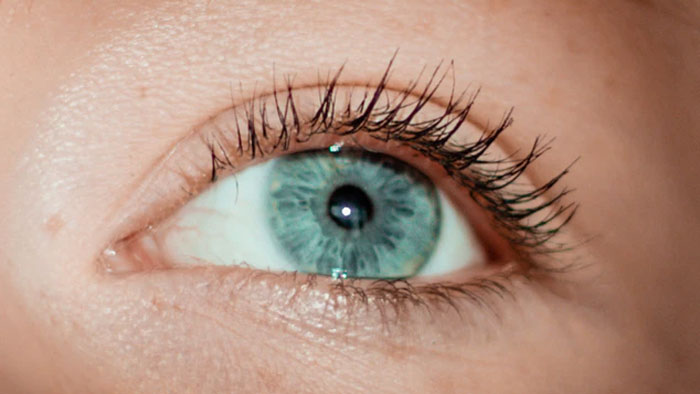 In the 1800s, eyelash transplants were all the rage. A specialist would sow the hair directly into the eyelid with a needle.
In the 1800s, eyelash transplants were all the rage. A specialist would sow the hair directly into the eyelid with a needle.
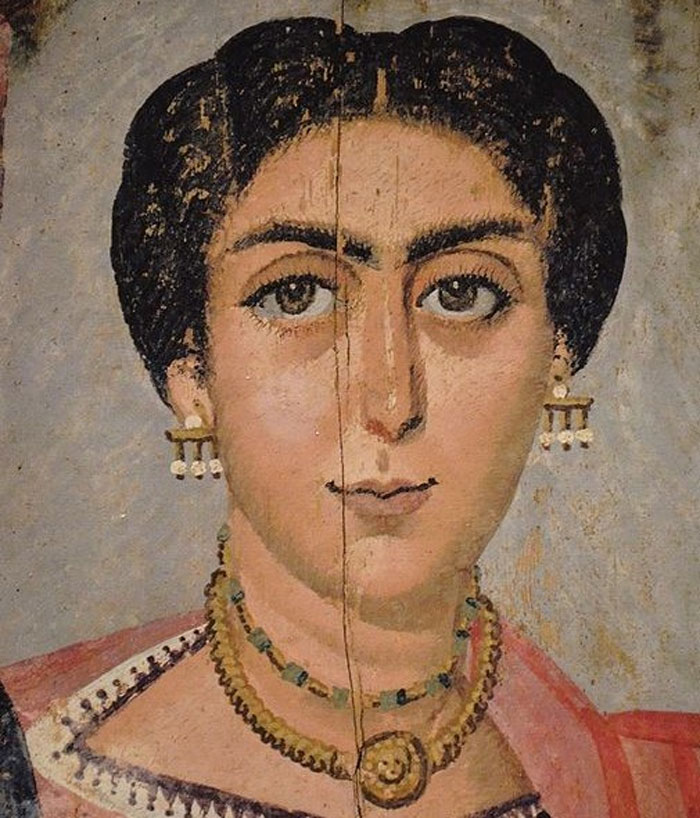 In ancient Greece the uni-brow was considered the sign of purity and intelligence. It was ideal to have eyebrows that melded together in the middle. Some women would darken their eyebrows with powder, while others would wear fake eyebrows made from goat's hair.
In ancient Greece the uni-brow was considered the sign of purity and intelligence. It was ideal to have eyebrows that melded together in the middle. Some women would darken their eyebrows with powder, while others would wear fake eyebrows made from goat's hair.
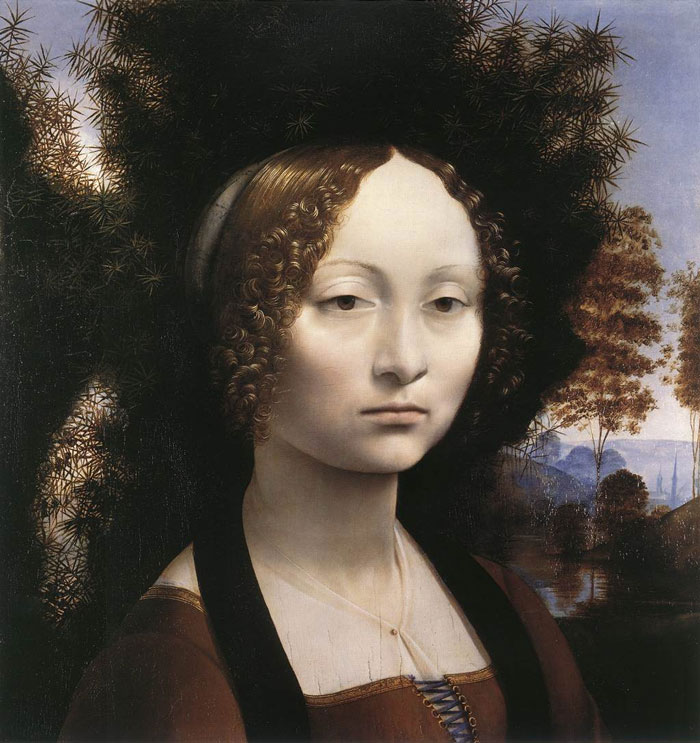 In the 1400s, Italian women wanted to have thin lips that were barely there. The paintings at the time didn't highlight or emphasize the lips in any way.
In the 1400s, Italian women wanted to have thin lips that were barely there. The paintings at the time didn't highlight or emphasize the lips in any way.
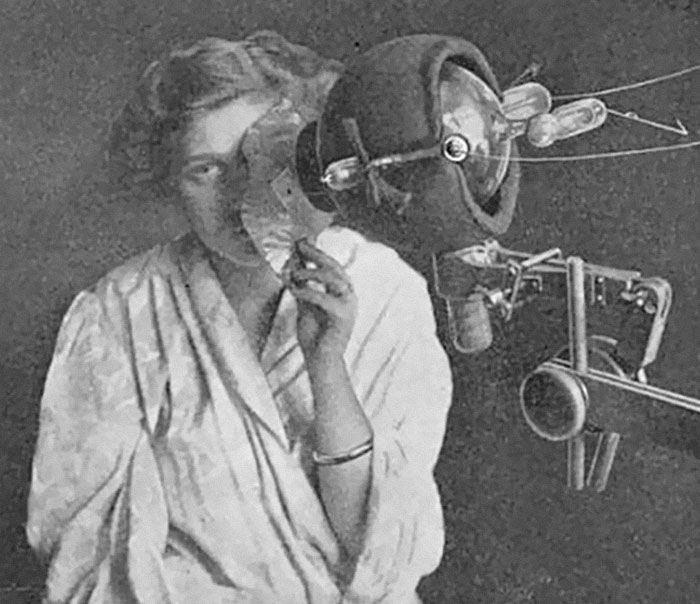 Shortly after the invention of the x-ray machine, people used the machine to treat acne, eczema and for hair removal. Some of the side effects included atrophy, ulcerations, and cancer.
Shortly after the invention of the x-ray machine, people used the machine to treat acne, eczema and for hair removal. Some of the side effects included atrophy, ulcerations, and cancer.
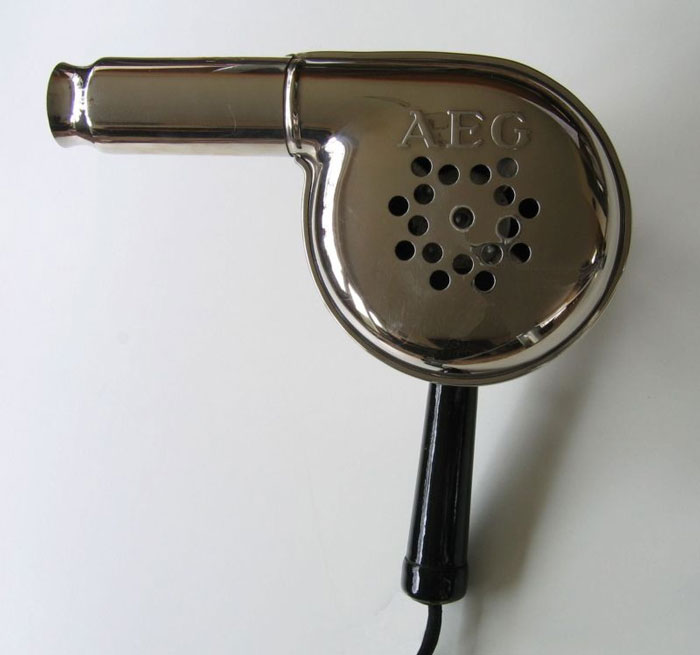 In the 1920s the portable hair dryer came on to the market. This was a more convenient alternative to the bulky hair dryers of the time. The device was very dangerous though and would cause burns, electrocutions, and death.
In the 1920s the portable hair dryer came on to the market. This was a more convenient alternative to the bulky hair dryers of the time. The device was very dangerous though and would cause burns, electrocutions, and death.
If anyone is wondering why, appliances of the time did not have a chassis ground connection (no third pin), nor did they have polarized plugs (there was a 50/50 chance of the metal chassis being live at mains voltage depending on how you plugged it in). This hadn't previously been a problem because 'regular people' hadn't been using electrical appliances much prior to the 1920s.
Wait a century and see what people have to say about us sucking fat out of some bodies, and putting silicon in other bodies to change the shape of everything.
Makes you think - what dumb stupid things are we doing today that we will regret in the future. Not so long ago if you had the sniffles and went to your Doctor he would give you penicillin for 10 days, more or less to shut you up, he knew the sniffles would be gone in 10 days. This is why we now have antibiotic resistant germs .
"in the early 21st century, women often thought it was attractive to insert implants into the breasts and pump their rears with anything from fillers, fat to cement. Ostensibly to create an 'hourglass figure, but the achieved result was often more akin to localised gigantism...... The face would would often be subjected to similar brutality, with lips pumped close to splitting as the' blow up sex doll' look was considered the epitomy of class and grace. Brows would be thickly pencilled and frozen in place, quite fittingly, in eternal bemusement, as the overall look caused them to resemble someone with the IQ of a ladle."
Load More Replies...Why on so many of these posts, am I no longer getting any pictures? I don't understand, other people are getting pics, n it's the same app, surely?.....
Every time they don't have pictures, I just skip it until I feel like reading it. But ya, honesty it isn't same app as it used to be
Load More Replies...I’d be beautiful if I had only been born at a different time. And in the upper class. And didn’t die of some childhood disease.
In 1000 years there will be a list, number one would be "Implants" followed closely by steroids.
The inside of the mouth is considered vulgar/ disgusting in Japanese culture. The blackened teeth make the inside of the mouth less conspicuous. It's lessened up a bit in modern times, but you'll still notice that Japanese people will still cover their mouths when laughing, only smile without teeth, do this interesting little vacuum-bite thing when eating to ensure they aren't opening their mouths really wide, and think sharing stuff which has touched their mouths (such as a drink bottle) as extremely intimate.
So interesting. But, my goodness what we ladies would do to ourselves to achieve what "others" would think was beautiful!!!
I hope that one day we will say "tiktokers once had influence on masses".Maybe people will learn from bad things from the past...
(In 300 years) “They changed the fashion to make being bigger more fashionable as the population was losing the war against obesity.”
Wait a century and see what people have to say about us sucking fat out of some bodies, and putting silicon in other bodies to change the shape of everything.
Makes you think - what dumb stupid things are we doing today that we will regret in the future. Not so long ago if you had the sniffles and went to your Doctor he would give you penicillin for 10 days, more or less to shut you up, he knew the sniffles would be gone in 10 days. This is why we now have antibiotic resistant germs .
"in the early 21st century, women often thought it was attractive to insert implants into the breasts and pump their rears with anything from fillers, fat to cement. Ostensibly to create an 'hourglass figure, but the achieved result was often more akin to localised gigantism...... The face would would often be subjected to similar brutality, with lips pumped close to splitting as the' blow up sex doll' look was considered the epitomy of class and grace. Brows would be thickly pencilled and frozen in place, quite fittingly, in eternal bemusement, as the overall look caused them to resemble someone with the IQ of a ladle."
Load More Replies...Why on so many of these posts, am I no longer getting any pictures? I don't understand, other people are getting pics, n it's the same app, surely?.....
Every time they don't have pictures, I just skip it until I feel like reading it. But ya, honesty it isn't same app as it used to be
Load More Replies...I’d be beautiful if I had only been born at a different time. And in the upper class. And didn’t die of some childhood disease.
In 1000 years there will be a list, number one would be "Implants" followed closely by steroids.
The inside of the mouth is considered vulgar/ disgusting in Japanese culture. The blackened teeth make the inside of the mouth less conspicuous. It's lessened up a bit in modern times, but you'll still notice that Japanese people will still cover their mouths when laughing, only smile without teeth, do this interesting little vacuum-bite thing when eating to ensure they aren't opening their mouths really wide, and think sharing stuff which has touched their mouths (such as a drink bottle) as extremely intimate.
So interesting. But, my goodness what we ladies would do to ourselves to achieve what "others" would think was beautiful!!!
I hope that one day we will say "tiktokers once had influence on masses".Maybe people will learn from bad things from the past...
(In 300 years) “They changed the fashion to make being bigger more fashionable as the population was losing the war against obesity.”
